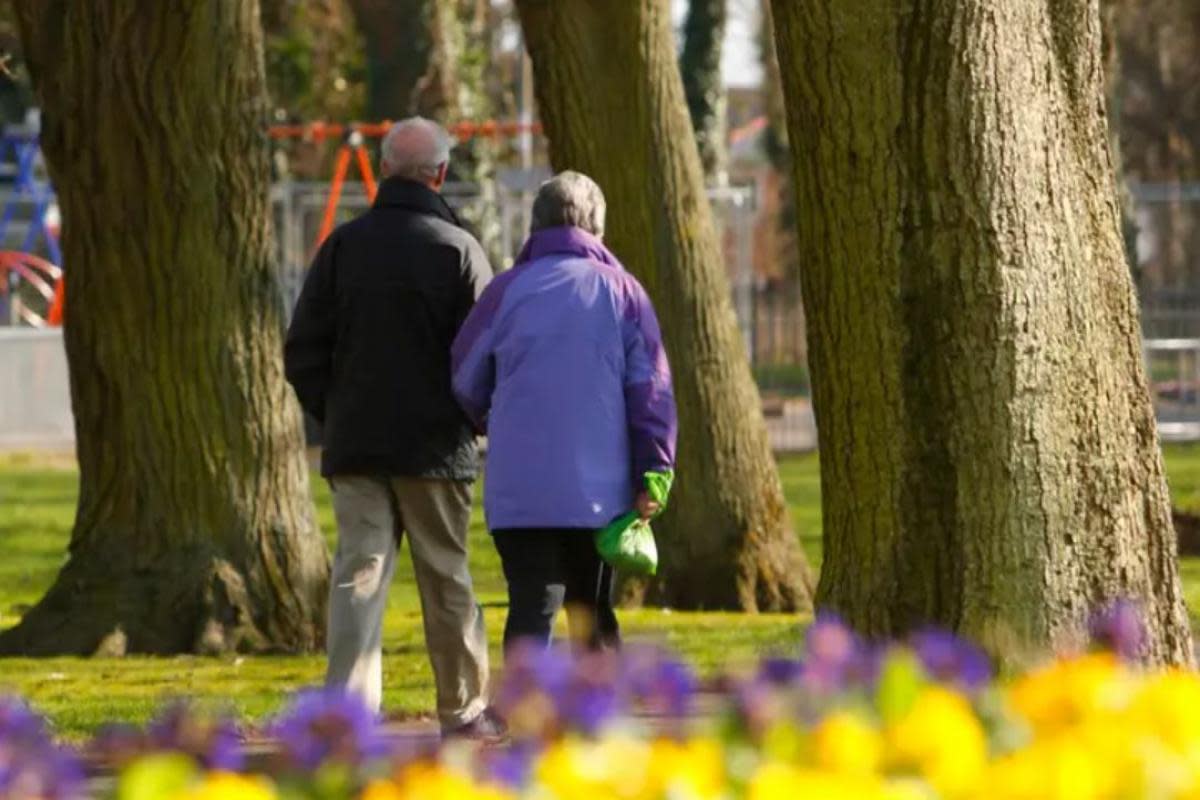Revealed: How does Oxford compare to the UK for having green footpaths?

People in Oxford East have more than a mile of green footpaths within walking distance, new analysis has revealed.
The Ramblers, a charity for walkers, researched the extent of green rights of way across England, using satellite observations of land cover.
They found despite the majority of England being green land, many areas, particularly urban ones, are lacking in green routes.
The figures revealed 2,072 meters of green public rights of way are accessible to people in Oxford East within a 10-minute walk.
This ranks 268th out of 448 constituencies in England.
James MacColl, head of policy, advocacy and campaigns at the Ramblers, said everyone should live “within 15 minutes’ walk of accessible green space”.
He added: “We should be working to make our towns and cities some of the best and most liveable in the world by creating green walking routes that allow residents and visitors to experience all the benefits of walking in nature right from their doorstep.”
Ahead of Earth Day on April 22, charities called for more action on greening cities across the UK, which will “improve people’s quality of life and provide a home to nature”.
Dating back to the 1970s, the annual conservation event aims to encourage people to take action to preserve the natural environent.
Separate figures from environmental organisation Friends of the Earth, show 43 per cent of neighbourhoods in England have less than 10 per cent tree canopy cover, while 84 per cent have less than 20% coverage.
The analysis revealed that 20 neighbourhoods in Oxford East (30.3 per cent) have less than 10 per cent tree canopy cover.
Overall, the constituency has just 13.6 per cent tree cover, equivalent to 416 hectares.
The figures also showed there are fewer trees in the poorest neighbourhoods.
Mike Childs, head of policy at Friends of the Earth, said: “Green space and tree cover are important for people’s mental health as well as vital for nature.
“Councils need the tools and long-term resources to increase tree cover, green streets and develop new parks. Greening our cities will improve people’s quality of life and provide a home to nature.”
Kathleen Rogers, president of EARTHDAY.ORG, said trees provide essential habitats for wildlife, and help keep surface temperatures cool.
She said: “We need a wave of tree planting across the UK and globally, especially in towns and cities. The UK has lost 109,000 hectares of tree coverage in the last 20 years and needs to invest in a huge tree planting campaign.”
Further Office for National Statistics data shows people in the UK spend less time in nature than they did before the coronavirus pandemic.
Around 1.1 million fewer people across the UK gained health benefits from spending time in nature in 2022 compared with two years earlier – equivalent to 22,000 years of life in perfect health lost.
A Department for Environment Food and Rural Affairs spokesperson said: “We are increasing access to nature and our Environmental Improvement Plan set out our ambition for every household to be within a 15-minute walk of a green space or water.”
“We are also reducing other barriers preventing people from accessing green and blue spaces, including through our £14.5 million ‘Access for All’ programme,” they added.
They also said they announced a package of measures for a new National Park, 34 new landscape recovery projects, new forests and funding to help more children get outdoors and into the countryside.

 Yahoo News
Yahoo News 
